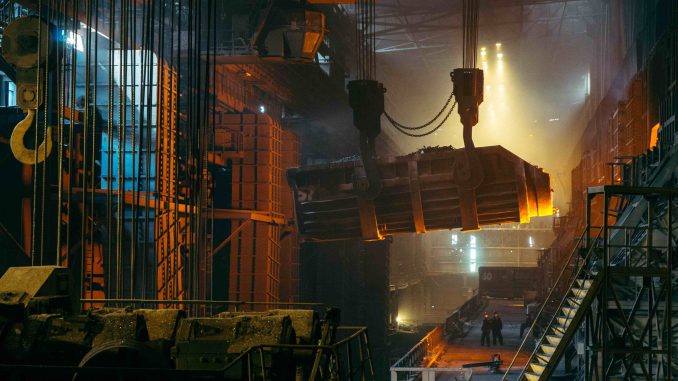
US President Donald Trump has just announced he would keep the tariffs on European steel and aluminium.
Artículo disponible en Español | Article disponible en Français
Starting June 1st, the tariffs announced a few months ago by Mr. Trump will be enforced. The EU obtained a few weeks of exemption, while negotiating a permanent exemption, but it turns out the negotiations failed.
The European Commission and the European Parliament have already publicly complained of the decision of Mr. Trump.
The tariffs, of 25% on steel and 10% on aluminium, aim to reduce US imports of those materials, pushing local industry to try and cover demand. The increase in import duties will be felt in the cost of goods using those materials in the US.
The US imported 30 million metric tons of steel in 2017. For aluminium, the US imported around 5 million metric tons in 2017. For aluminium, the problem isn’t importing it. It is producing it. Some specific types of aluminium cannot be produced in the US, for multiple reasons, such as lacking the necessary industry.
Industries from the US who require aluminium for their products will be the ones hit the hardest by these new tariffs. Some of the impacted industries are aeronautical and cans. Airplanes are mainly made from several types of aluminium, as it is a resistant yet light material. Cans are used in many other industries, such as canned food or breweries.
What’s left to see, in the US, is how manufacturers will cover this extra cost. Some have already said they will be taking the loss, while others announced they would increase the price of their products by a few cents, making the consumer pay for the increase in manufacturing costs.
With the US also imposing new tariffs on China, China is rumoured to be looking for partners to engage in a commercial war against the US. The EU may be a potential partner, as the EU is one of the biggest trading partners of China.
The European Commission will be answering the US tariffs by applying import duties on specific, US imported goods. Some of the potential impacted products could be Levi’s jeans or Harley-Davidson motorcycles.
The list prepared by the European Commission includes 350 different products, for a total of around 6.4 billion euros. This amount is equivalent to how much EU’s steel and aluminium exports to the US are worth.
But the countries hit the hardest by these new tariffs aren’t the EU or China, but Canada and Mexico. Mexico also responded to the tariffs by applying tariffs on US goods too.


